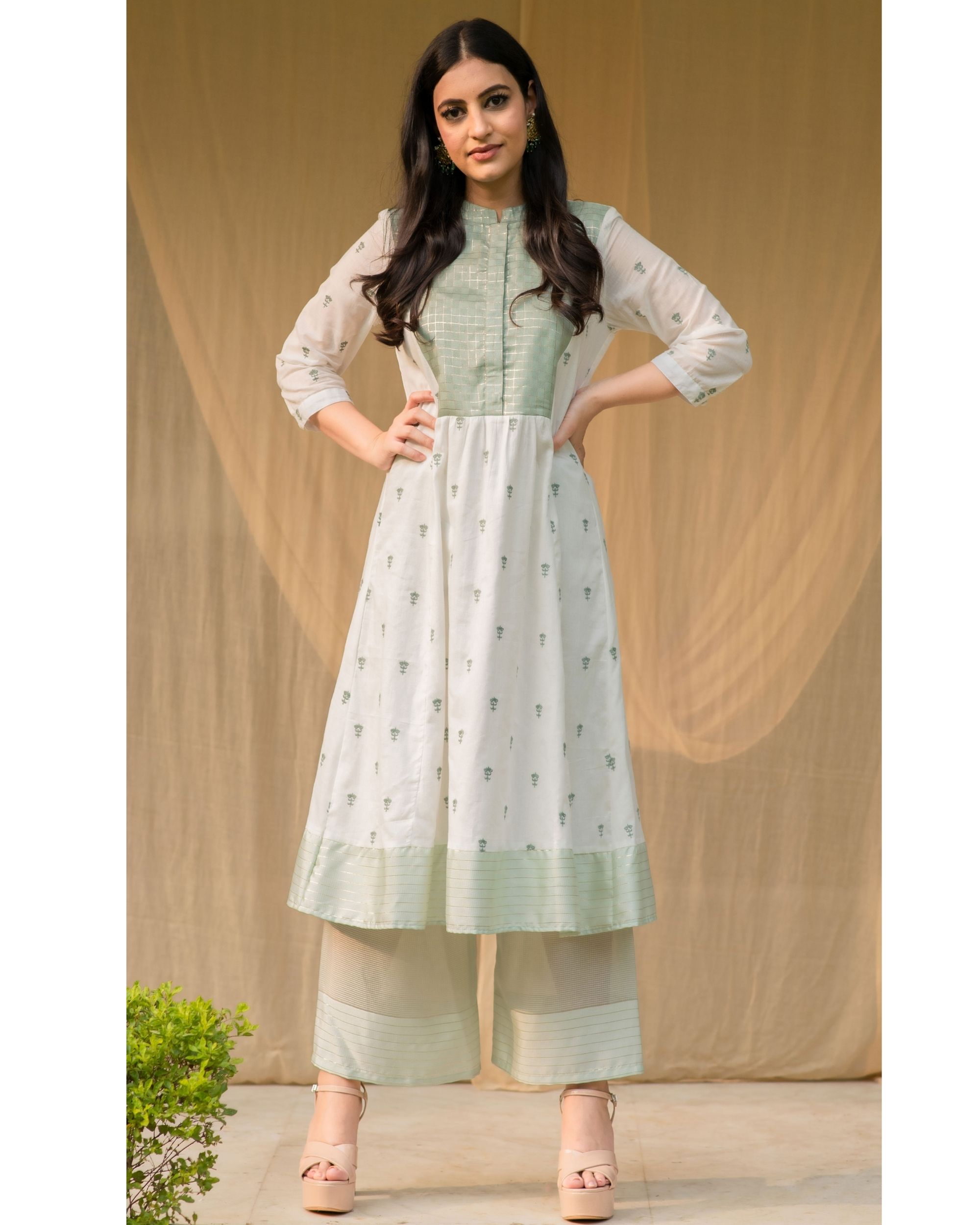

A new longer jacket was introduced which reached down to the mid thigh and this was named the ' tunic' after the 'tunica' of the intrepid ancient Roman soldier. Being used by both Vikings and Normans, the garment continued as a general male garment into the Middle Ages, still being used in Norway as late as the 17th century.Īround 1830, small boys began to be dressed in sashed or belted tunics over trousers, a fashion which replaced the earlier skeleton suit.ĭuring the Crimean War in the 1850s, it was realized that the waist length jackets which had been worn by British soldiers since Napoleonic times were unsuitable for fighting in winter conditions. The construction was more elaborate than the earlier Graeco-Roman garment, with a tight-fitting neck with a split down the front for pulling it over the head, and gusset under the arms and inserted around the lower half to give a flaring skirt. Similar tunics were eventually taken up by the Romans, and continued to be used into the Byzantine period.Īfter the fall of the Western Roman Empire, the long-sleeved Celto-Germanic tunic continued to be worn. Such tunics are often found depicted on the various Roman monuments depicting victories over these peoples, and show the tunic as a simple pull-over construction reaching to the mid-thighs or to the knees. The various Celtic and Germanic peoples living in the colder Middle and Northern Europe wore long-sleeved tunics from as long back as pictorial evidence goes. A woman's garment could be either close fitting or loose, beginning at the neck and extending over a skirt or skirts. The body garment was loose-fitting for males, usually beginning at the neck and ending above the knee. The tunic or chiton was worn as a shirt or gown by all genders among the ancient Romans.
#Green tunic manual#
Soldiers, slaves and manual workers generally had tunics to a little above the knee those in more sedentary occupations to about the ankle (unless they were expecting to ride a horse, when a shorter one would be worn). Roman senators, for example, used the Laticlavus, with broad purple stripes, and members of the equestrian class wore the Angusticlavia, with narrower stripes. The length of the garment, the presence or lack of stripes, as well as their width and ornamentation, would indicate the wearer's status in Roman society. It was often worn by citizens and non-citizens alike citizens, though, might wear it under the toga, especially at formal occasions. The Roman tunica was adopted by the Roman citizens in the 3rd century BC. According to the same source, late authors may use the term to mean a piece of cloth.

The Dictionary of Greek and Roman Antiquities mentions that it seems to have been more of a cloak than a tunic, and was worn for warmth or used to sleep in. According to the Suda, it was a type of inexpensive cloak, like a one-shoulder tunic. There was also the sisura (σισύρα), which according to Pollux was a tunic with sleeves of skins. Tunics might be dyed with bright colors, like red, purple, or green. In ancient Greece, a person's tunic was decorated at the hemline to represent the city-state in which he lived. Later Greek and Roman tunics were an evolution from the very similar chiton, chitoniskos, and exomis all of which can be considered versions of the garment. Tunics were also worn in ancient Greece, whence the Roman version was adopted. These cloaks are striped or checkered in design, with the separate checks close together and in various colours." Greek tunic

the way they dress is astonishing: they wear brightly coloured and embroidered shirts, with trousers called braccae and cloaks fastened at the shoulder with a brooch, heavy in winter, light in summer. Tunics worn by the Celts were documented by the Greek historian Diodorus Siculus: Embroidery or thread work on such tunics usually combines threads of many different colors. An Asian tunic is typically adorned with delicate embroidery, bead-work or intricate threadwork as well. Worn in the Indian Sub-Continent, including India, Pakistan and Bangladesh, the tunic is usually referred to as kurta and is now an emerging women's top style increasingly liked by many in the West. National Museum new Delhi shows a female wearing a short tight tunic. A similar gold disc in the al-Sabah Collection from the Kuwait National Museum appears to be from the Indus Valley civilization depicts similar conical tunic-wearing men holding two bulls by their tails under a pipal tree shown in an Indus-like mirror symmetry.
#Green tunic series#
A terracotta model called ''Lady of the spiked throne'' depicts two standing turban-wearing men wearing what appears to be a conical gown marked by a dense series of thin vertical incisions that might suggest stiffened cloth. Indus valley civilization figurines depict both women and men wearing a tunic-like garment. 20th-century Yemenite Jewish Men dressed in tunics Indian tunic


 0 kommentar(er)
0 kommentar(er)
